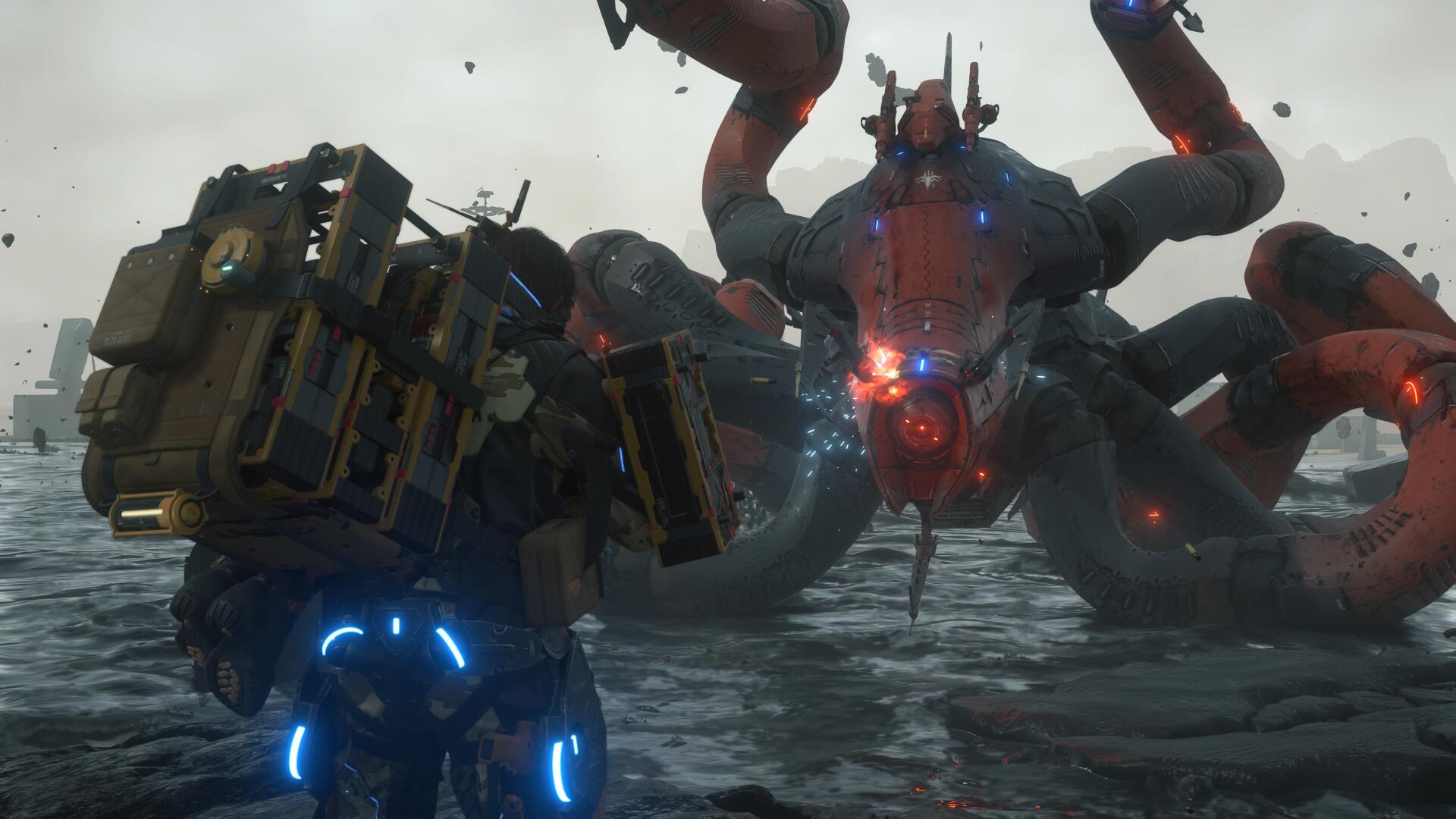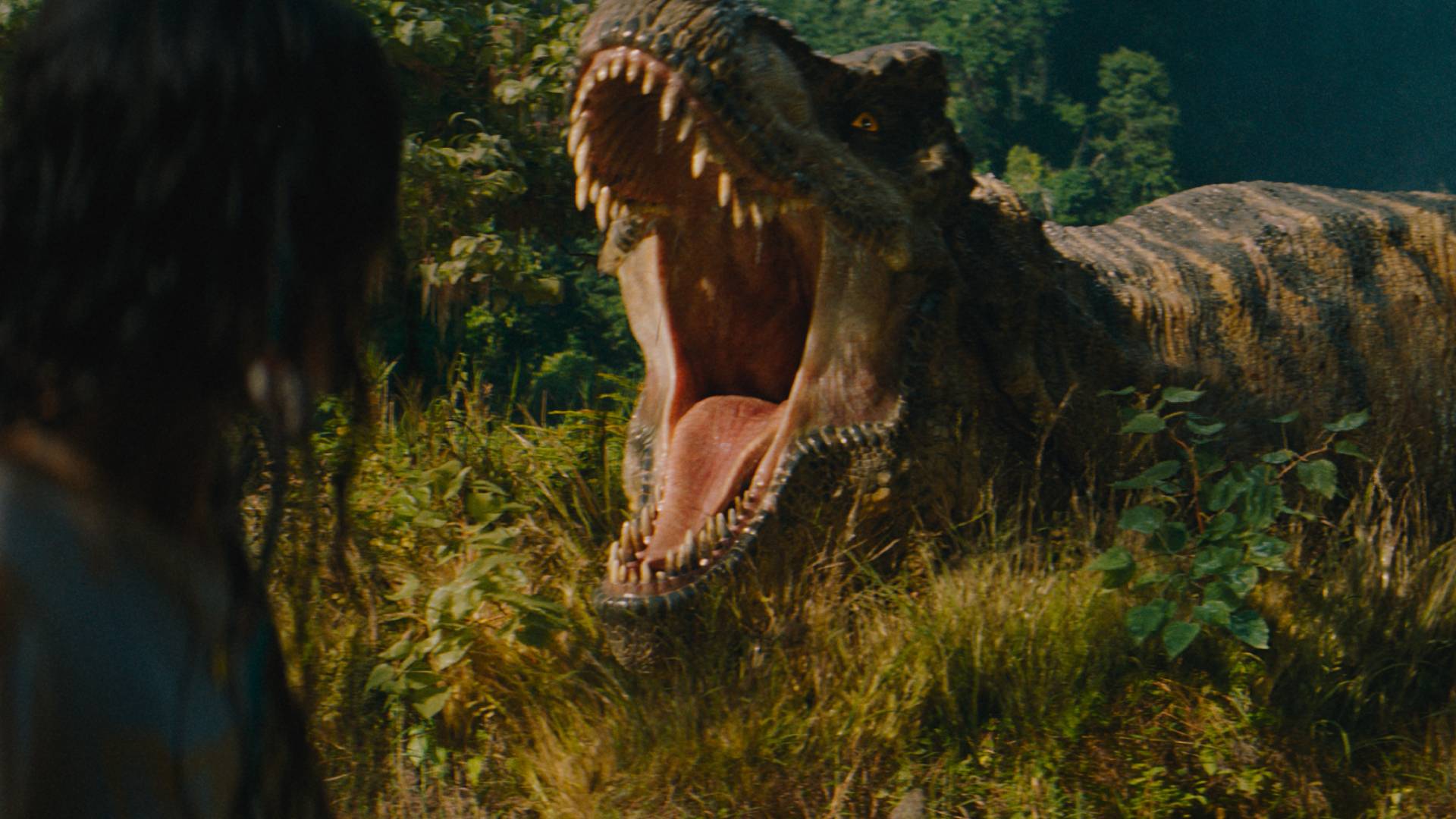Daniel Craig on his James Bond's final adventure, No Time To Die
Across two film sets, three countries, and with level 5 security access to Daniel Craig, Cary Joji Fukunaga and MI6’s finest, Total Film reveals the inside story of No Time To Die
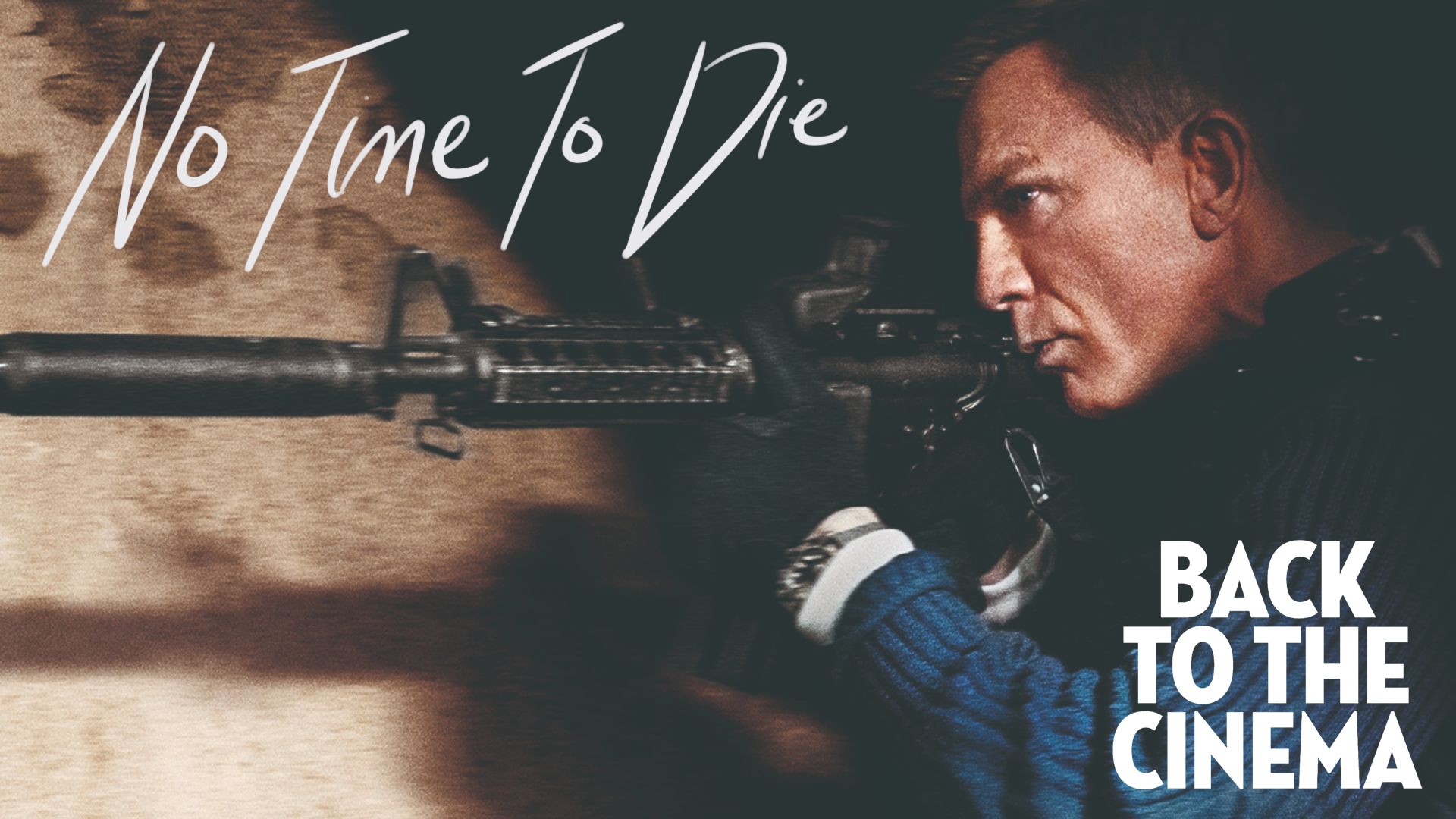
GamesRadar+ and Total Film are celebrating the biggest new releases as we head back to the cinema! This week: No Time To Die. Cinema’s longest-serving 007 is packing away his Walther PPK for good – and we have the inside story of making James Bond 25. This article first appeared in print – subscribe to the magazine here.
"It's all over."
Daniel Craig is sitting across from Total Film in a New York hotel, but his mind has wandered to 2015. When the credits rolled on the 24th Bond film, Spectre, Craig watched as the traditional sign-off 'James Bond will return' triumphantly flashed on the screen. But the then 47-year-old Craig had no intention of making a comeback. “I thought I probably was physically not capable of doing another,” says Craig who, on top of a punishing six-month shoot, tore the meniscus in his knee during filming. “For me, it was very cut and dried that I wasn’t coming back.”
“He was so exhausted after that film,” recalls Barbara Broccoli, daughter of Albert R. “Cubby” Broccoli who, alongside her half-brother Michael G. Wilson, runs Eon Productions, and has produced every Bond film since 1995’s GoldenEye. “We’d had our own trials and tribulations on Spectre, and [Daniel] had a massive injury. It was very difficult. So he just needed some time.”
Broccoli and Wilson waited. Almost two years, in fact, before approaching Craig about returning for one final mission. A break was exactly what the doctor ordered. “I went and did other things. I got some separation. My family forgave me for being away from home for that length of time,” Craig smiles, clearly in high spirits as he embarks on his final Bond press tour. “We started talking about it and I went, ‘There might be a story we need to finish here – something we started in Casino [Royale]. Something to do with Vesper, and Spectre, and something that was connected, in a way.’ It started to formulate. And I thought, ‘Here we go.’”
Two and a half years after Craig’s welcome epiphany, and with just nine days of filming left to go, TF is standing in the vast Richard Attenborough soundstage at Pinewood. To our left, second unit is shooting close-ups of a parked Aston Martin DB5 for use as inserts during the film’s Matera chase sequence. To the right, production has constructed a Jamaican nightclub bathed in dirty blue light and packed with clubbers dancing to music that drops to near-silence whenever the cameras roll. In real life and on film, it’s five years since Bond drove off into the sunset with Madeleine Swann, and a very much retired, very much single James is merrily knocking back drinks with Jeffrey Wright’s Felix Leiter and Billy Magnussen’s fellow CIA spook Ash.
It may be Leiter’s first on-screen appearance since Quantum Of Solace, but the old friends waste no time picking up where they left off. “We wanted to establish what is at the core of this relationship between them, which is this brotherhood,” says Wright, who amusingly describes his approach to playing Leiter simply as “trying to be as absolutely cool as you fucking possibly can”. Wright was there before the beginning – the pair were filming The Invasion when Craig got the call that he was the next Bond – and he had no intention of missing his old friend’s swansong. “The surprise for me was to not be called in the previous two!” Wright chuckles in a voice that sounds like it’s been dragged over gravel. “But it gives more weight to Felix’s appearances if we don’t see him too often.”
Bringing all the latest movie news, features, and reviews to your inbox
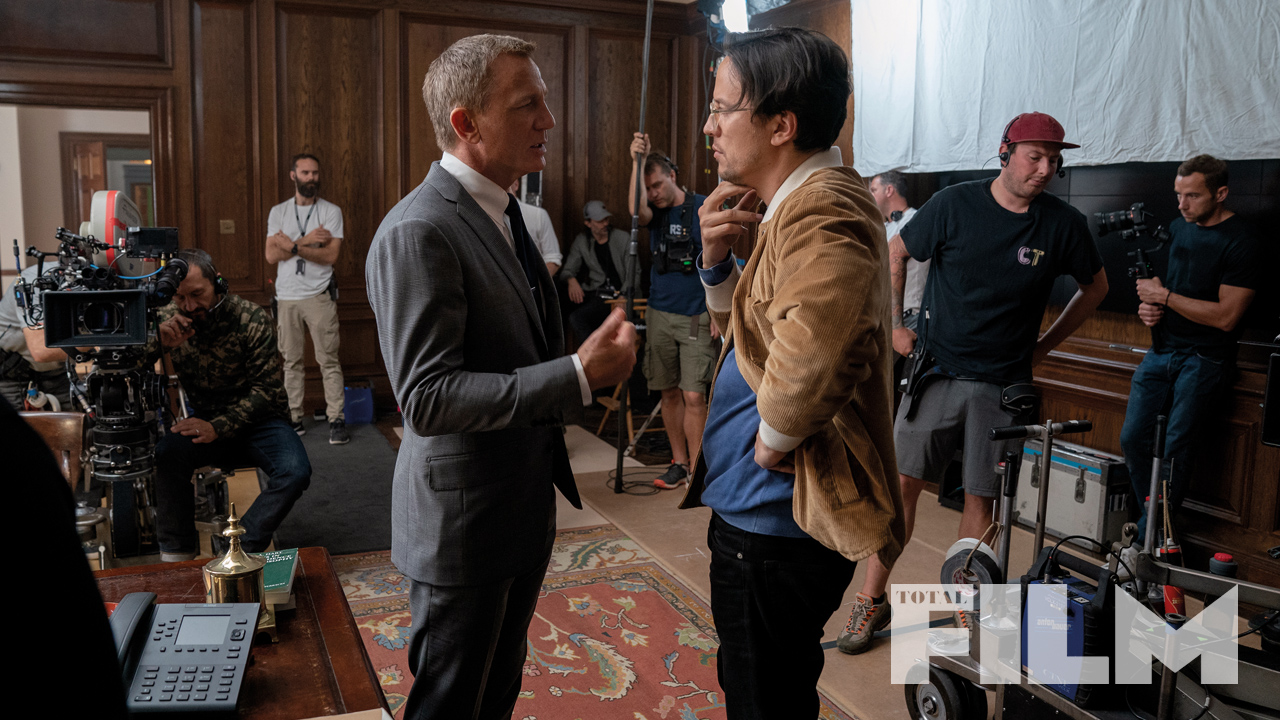
We started talking about it and I went, ‘There might be a story we need to finish here'
Daniel Craig
Between rounds of Three Coin Spoof – a game Craig’s pub landlord father taught him – Leiter makes it clear that the purpose of his appearance in Jamaica is business, not pleasure. “Do something for us,” says Leiter, leaning in. “Pick up a package in Cuba.” The package, it transpires, isn’t his wayward Amazon delivery but a person – Waldo Obechev. “Didn’t he defect during your time at MI6?” Ash chimes in. “Never heard of him,” says a visibly indifferent Bond, who tries to keep the party going. But things suddenly turn serious when Leiter drops the S-bomb: Spectre. “It’ll be like old times...” Leiter adds. A glare. “My round,” Bond says, before walking off, and back into a world he thought he’d left behind.
“He’s got built into him this need to defeat evil,” says Neal Purvis who, alongside Robert Wade, has a writing credit on every one of Craig’s Bonds. “So it’s intriguing when you come back, and he’s not really an agent in this one, and how you deal with that. Despite wanting to relax and fish and hang out in bars, if trouble comes knocking, he can’t help himself.”
Back on set, Cary Joji Fukunaga looks pleased with the results of today’s shoot. The Beasts Of No Nation and True Detective director became the first American hired to helm an Eon Bond in September 2018, parachuted in (no doubt accompanied by a rousing blast of John Barry) following Danny Boyle’s shock exit a month prior. With the likes of Yann Demange, David Mackenzie and Denis Villeneuve rumoured as front-runners to replace Boyle, Fukunaga, at the time, was considered a left-field choice. But Broccoli and Fukunaga had been circling each other for years.
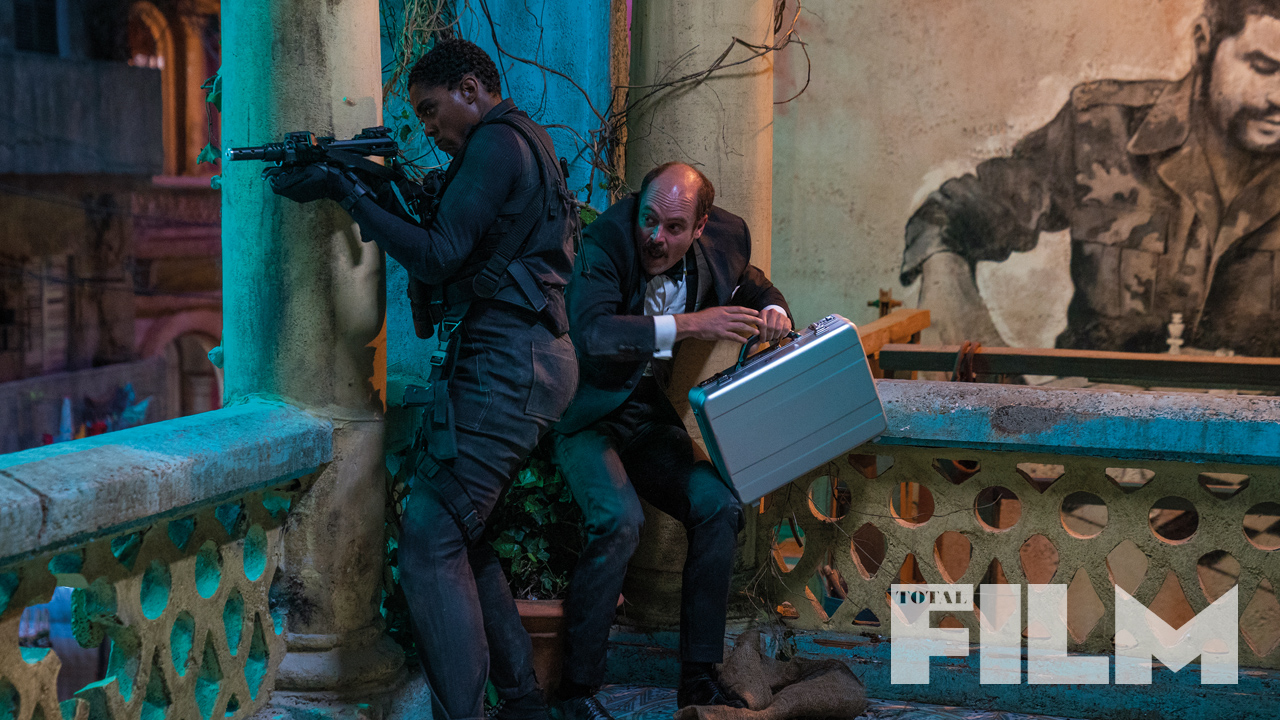
“Two years ago I took Barbara to my favourite Japanese restaurant in New York,” says Fukunaga who, coincidentally, is regaling TF over coffee in New York. Alas, he won’t reveal his culinary hotspot, lest TF attempt to crash his dinner. “I tried to wine and dine her. At that point Daniel said he wasn’t doing another one, so we spit-balled all the potential new Bonds – that was exciting. I just told her what I loved about Bond and what it meant to me growing up. And just that I’d be honoured if they’d consider me for the next one.
“And then obviously they went with somebody else!” laughs Fukunaga, who was in the middle of shooting Netflix series Maniac when Boyle got the gig and, fortuitously, wrapped just as the news of his departure broke. “I was on vacation at the time, and everyone I was with at breakfast were joking: ‘Come on Cary, do Bond, so I can be the next Bond girl!’ I said, ‘Maybe I will email Barbara...’ That led to an invitation to meet with her and Michael, and a conversation with Daniel. And that was it, we were off to the races.”
Boyle’s script, written by Trainspotting’s John Hodge (which contained “some extraordinary ideas, they just needed a little pulling together,” according to production designer Mark Tildesley) was scrapped, with Purvis and Wade brought in to pick up where they left off a year prior. “Effectively, we went back to what we’d done,” says Purvis. “And then we changed things with Cary over several months in the attic at Eon.” As well as being the first American, Fukunaga is the first director to have a writing credit on a finished Bond film. “He’s fresh to it,” Wade says of Fukunaga. “He’s open to doing things differently, and wanted to push the boundaries as much as he could. This film feels quite different to the last one, even though it’s got elements that connect it.”
Bond farewell...
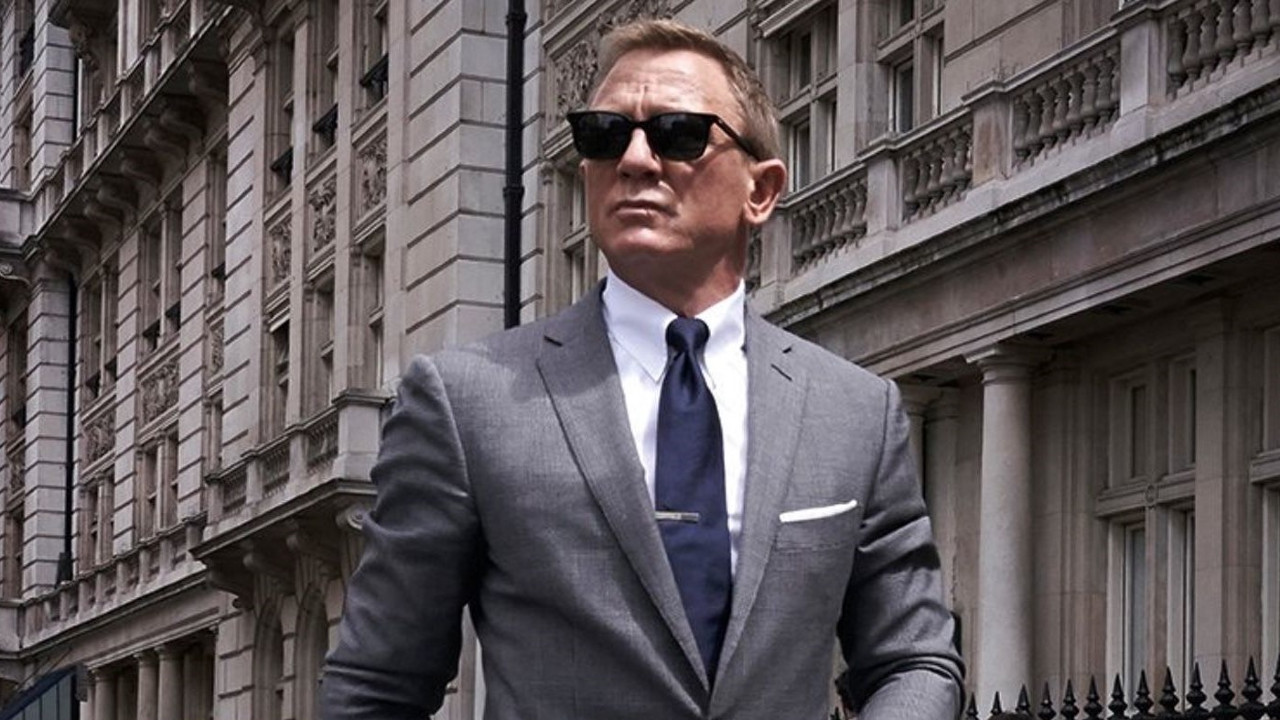
Connection and continuity have defined Craig’s era as 007 to a greater extent than any Bond before him. As Wade puts it, “Daniel’s era has had a shape to it...
a luxury that none of the other Bonds had.” Spectre made this continuity explicit by revealing Christoph Waltz’s Blofeld (now also Bond’s adopted brother) as the “author” of all Bond’s pain. Wilson describes Craig’s five-film arc as “a little miniseries within the series”, a sentiment Broccoli echoes. “This film feels like a good bookend to Casino, because his emotional evolution gets to a place where we’ve never seen Bond before. So that’s pretty exciting.”
For Craig, the opportunity to explore a different, deeper side of Bond was
a key reason to come back. “It’s interesting to explore his emotions, because he’s a cut-off character. He doesn’t feel like other people, because he’s a killer,” explains Craig, who considers Bond “as far removed from me as could possibly be”, though we have to note that the pair share an affinity for a well-tailored suit on the evidence of Craig’s attire today. “On Casino he loses the love of his life, and then the shutters come down. On Quantum, the flawed movie that it is, it’s about revenge. And Skyfall is about M. It’s about loss. They’re big themes. And I think, ‘Yeah! Why not have big themes?’”
The themes of No Time To Die? “Love and family,” asserts Craig. “Because what’s bigger than that? Bond’s ‘family’ being Moneypenny and Q and M. And then Lashana [Lynch] comes in, and she’s like a distant cousin who you’re not sure about. I’ve always said: in Bond movies the world needs saving in the first frame, and in the last frame, he saves the world. OK. But in the middle – what the fuck? It’s got to be emotionally engaging.”
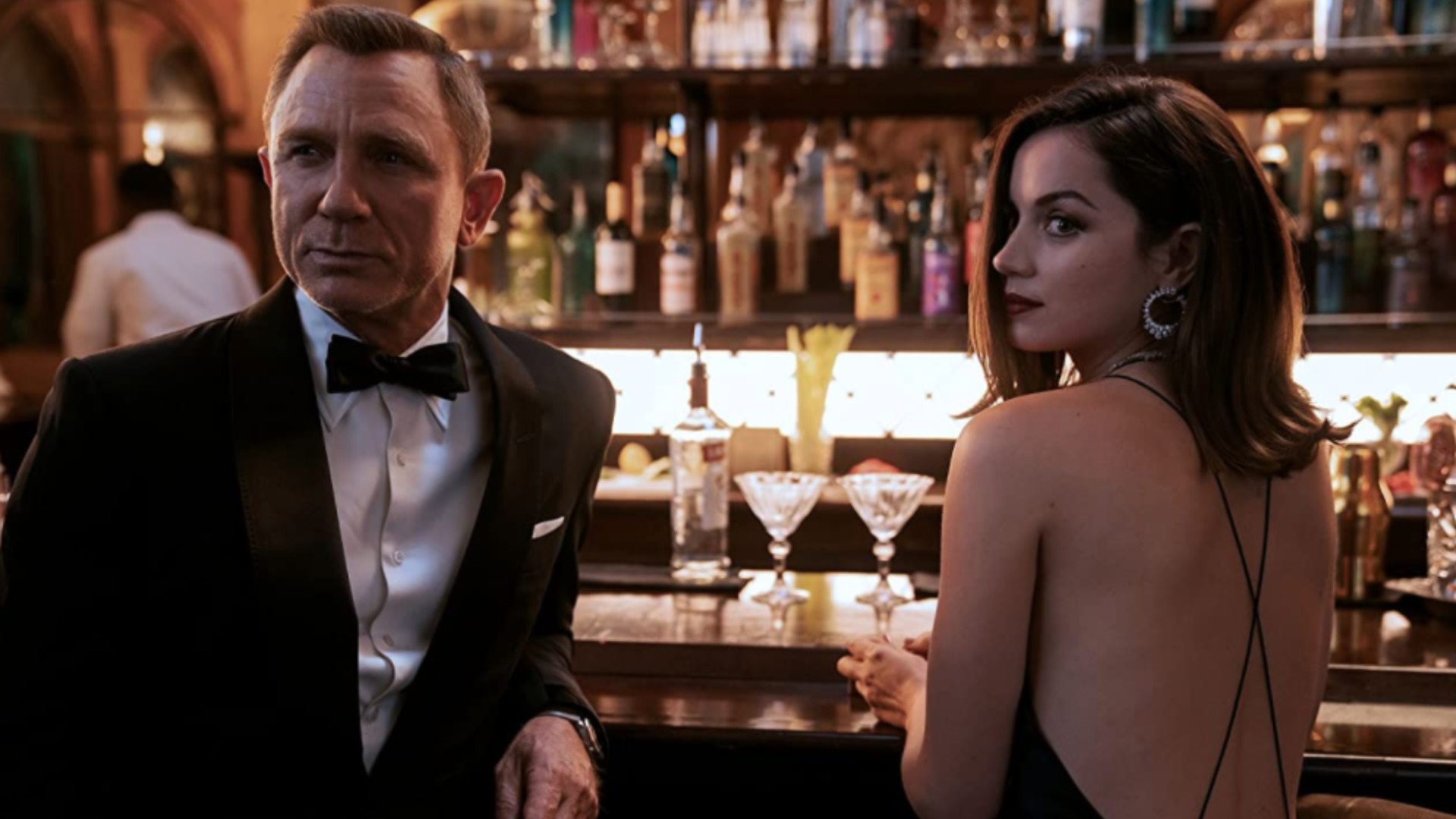
As for “love”, that thorny issue goes back to a question established by Casino Royale. “At the end of the film, when he says, ‘The bitch is dead’ he’s renouncing the idea of romantic love for himself,” says Wade. “So the question set up by that is: ‘Can he ever actually find happiness?’” The memory of Eva Green’s Vesper Lynd will loom over No Time To Die like a storm cloud for Bond, after he’s once again seemingly betrayed by a woman he loves – Léa Seydoux’s Madeleine Swann.
Working on this film felt very different from Spectre,” says Seydoux, who’s sitting across from TF in a black trouser suit, silk handkerchief billowing out of the jacket pocket. Seydoux has the rare distinction of being the first Bond woman to return for a second mission since Eunice Gayson’s Sylvia Trench in Dr. No and From Russia With Love. “It’s very emotional this time for Madeleine. In Spectre, she was maybe a little more distant with Bond. But now, she’s completely in love with him.”
Everyone’s staying tight-lipped when it comes to Madeleine’s connection to Rami Malek’s villainous Safin (more on him later), as made clear by her horrified reaction to Safin’s shattered mask in the first trailer. Though given her father, Mr. White, moved in shady circles, it’s not unreasonable to think Madeleine and Safin have history.
Bond voyage...
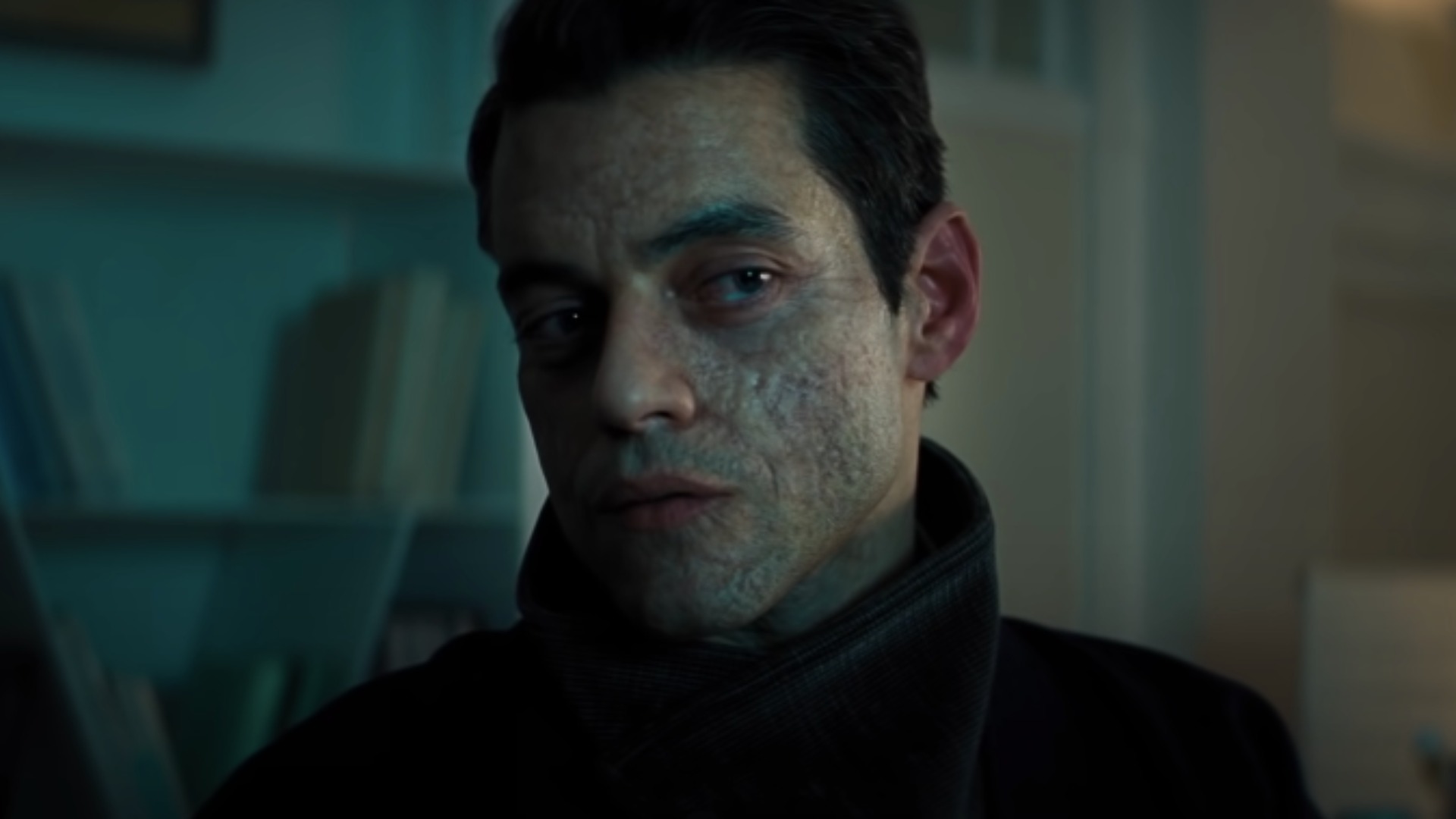
History in the making sums up No Time To Die in more ways than one. Not only is it the landmark 25th Bond film, it’s arguably the first Bond film built from the ground up to be an actor’s final time in the tux; only Sean Connery and George Lazenby announced intentions to hand in their licence to kill before the release of their final films, and in both cases were expected to return during filming. Craig describes the film as having a “finality to it”, while Barbara Broccoli – who half-jokes she’s still “in denial” about Craig’s departure – states that “In terms of closing the story, the circle is complete now. It feels emotionally satisfying.”
But Fukunaga wasn’t going to let misty-eyed farewells and arbitrary milestones get in the way of a good film. “No one’s trying to say some sort of long sentimental goodbye. It’s just another Bond film. The credits still say: ‘Bond will return,’” Fukunaga smiles. “I didn’t approach it as a last film. I approached it as: What am I inheriting? What can we do to make this a little bit fresh and exciting, and subvert some of the expectations?” Top of the list: recruiting Fleabag genius Phoebe Waller-Bridge, who was brought in for late-stage script revisions at the behest of Killing Eve fan Craig.
“Phoebe came on, and she injected some brilliance into the situation, and a tone I was really after,” says Craig. Specifically, Waller-Bridge punched up Ana de Armas’ character Paloma – a fresh-faced CIA field agent who Bond crosses paths with in Cuba – and brought a myth-pricking irreverence to the story. The world has moved on in Bond’s absence, and the former 007 is no longer revered the way he once was. “What we wanted to do was... not ridicule him. It’s sharing in the fun with the audience,” Craig explains. “But you’ve got to be respectful of what it is.” When it comes to playing with tradition, Fukunaga concurs. “That’s the fun part. But it has to be the icing, versus the foundation. I prefer not to throw the baby out with the bathwater, and instead try to find ways where, if something feels stagnant, then you mix that up a little bit.”
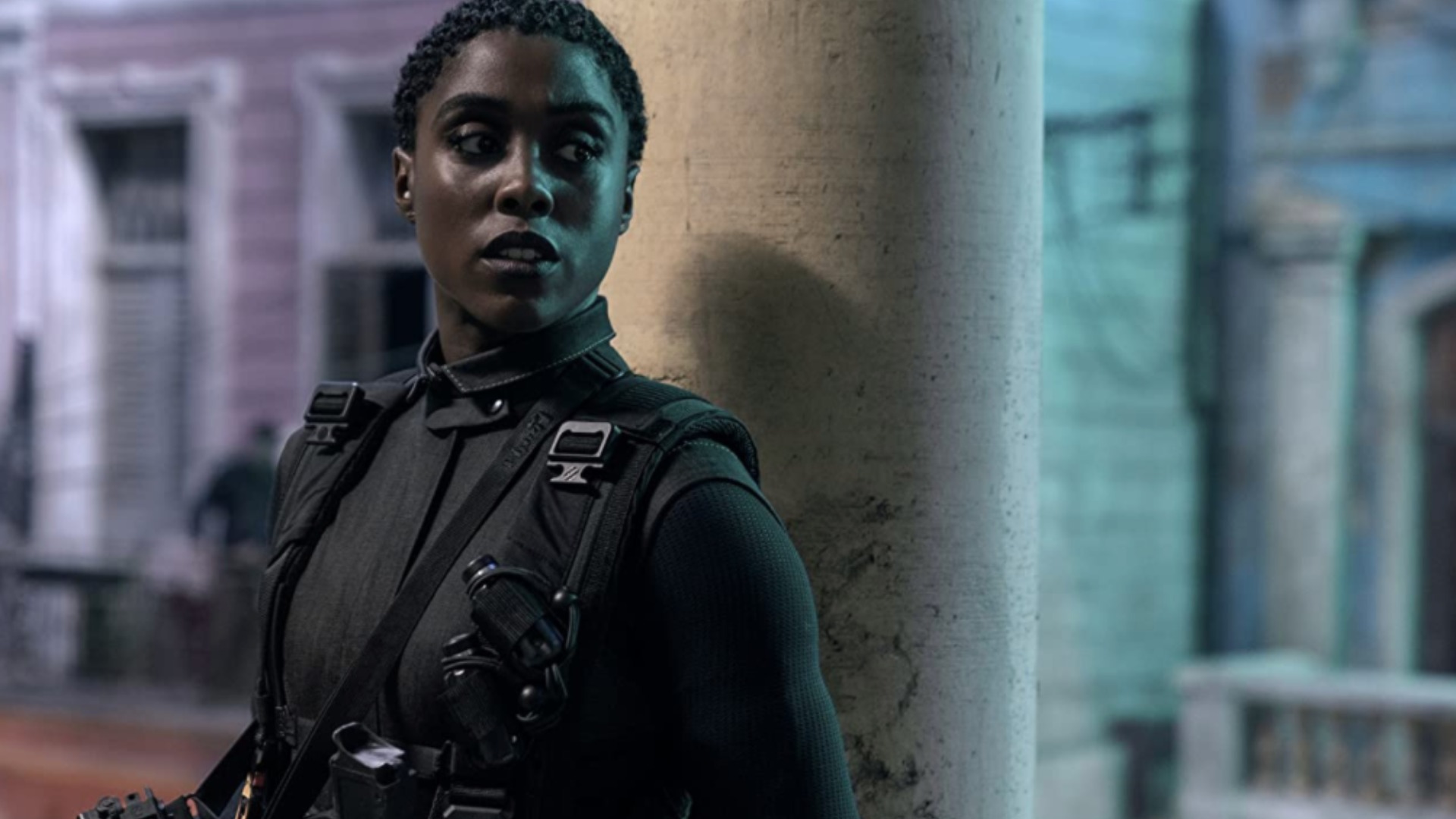
Bond is going to be Bond, no matter what
Lashana Lynch
One of the key ways everyone recognises Bond has stagnated is it’s often regressive portrayal of women – a reflection of the character’s misogyny. With a trio of women giving Bond a run for his money in No Time To Die – most notably Lashana Lynch’s new 00 agent Nomi – that’s about to become a thing of the past. “Bond is going to be Bond no matter what happens,” says Lynch, Captain Marvel’s BFF about to make a major mark on another blockbuster franchise. “But it’s about how people react to him. That’s the difference between the earlier films. In this film we are vocal. We are opinionated. We know how to stop [Bond] in his tracks, and to teach him something.”
Lynch underwent extensive training (“They turned me into a ninja!” she joyously exclaims) to play Nomi, who is every bit Bond’s equal, albeit with a modern twist. “Bond has been doing this a long time, and he has a more old- school approach, where he might roll his eyes at Q’s gadgets,” says Lynch whose Nomi, if rumours are to be believed, has inherited Bond’s 007 code number. “Whereas Nomi is like an updated double-O agent. She’s technologically advanced, which is a bit intimidating for Bond, because he’s been away from the game for a long time.”
But Nomi isn’t just good with gadgets, she also knows exactly how to get inside Bond’s head. “The fact that Nomi calls him ‘Commander’ Bond is just such a shakedown,” Lynch laughs. Statuesque, and with a voice that can fill a room, there’s little doubting Lynch’s capacity to intimidate. “She’s almost got a book on James, and how to handle him. You see moments where he’s like, ‘How is this woman getting inside my brain?’ And that’s a wonderful thing about Nomi, she pushes every boundary she can.”
Unbreakable Bond...
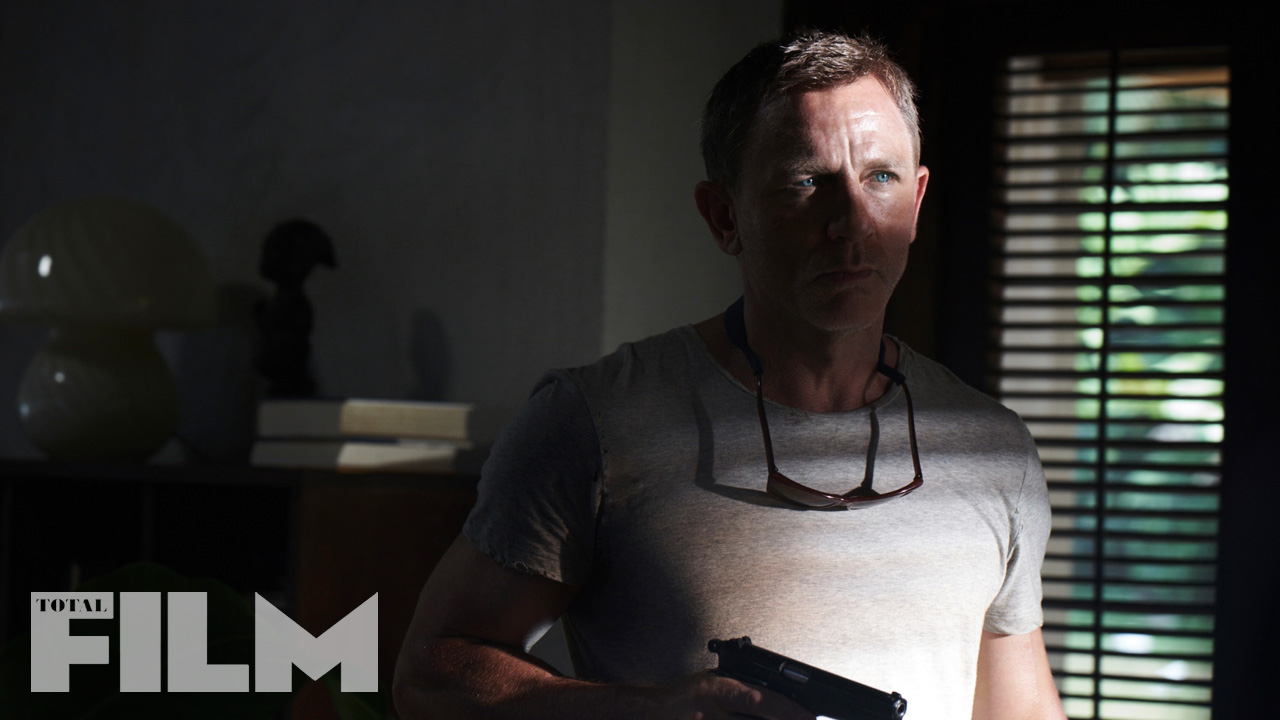
Back at Pinewood, Total Film is touring No Time To Die’s staggeringly detailed open-air Cuba set – the filming location for Craig’s final-ever day of filming as Bond, an action-packed set-piece, in which Nomi, Paloma and Bond converge on Leiter’s ‘package’. Constructed in just seven weeks (a build of this size would typically take anywhere from 12-14), brightly coloured Spanish colonial-style buildings line two intersecting streets. The remnants of a car pile-up can be found at one end, next to a collapsed wooden street light that looks convincing from a foot away, despite being soft to the touch.
Three of the buildings have fully furnished interiors, including a meticulously dressed barber shop that will appear on screen for less than 30 seconds. Most impressive is the El Nino – a bar built over two levels, and connected by a wide, winding staircase inspired by a cafe in Havana. “We’ve nicked all the finer bits of Cuba and condensed them into one place,” chuckles production designer Tildesley, who was initially hired by Boyle and has history with 007, having worked on the 2012 Olympic opening ceremony where Bond memorably met the Queen. Faded murals on the walls are works of art in their own right. Even the menus have a printed list of (overpriced) cocktails on the inside.
“We have really gone out of our way to make some really gorgeous big sets,” says Tildesley. He isn’t kidding if the top-secret production art Total Film glimpses is representative of finished builds. Tildesley and his team “bathed” in the art of legendary production designer Ken Adam, while Fukunaga too was inspired by Bond’s celebrated legacy. “I watched a bunch [of the old films] again,” recalls Fukunaga, who spent his first few weeks on the job constructing a Lego Aston Martin and revisiting the classics. “Mainly the earlier ones, from the ’60s, because it was interesting to watch how they change as well. There’s a certain aesthetic to films like You Only Live Twice that I was really drawn to.”
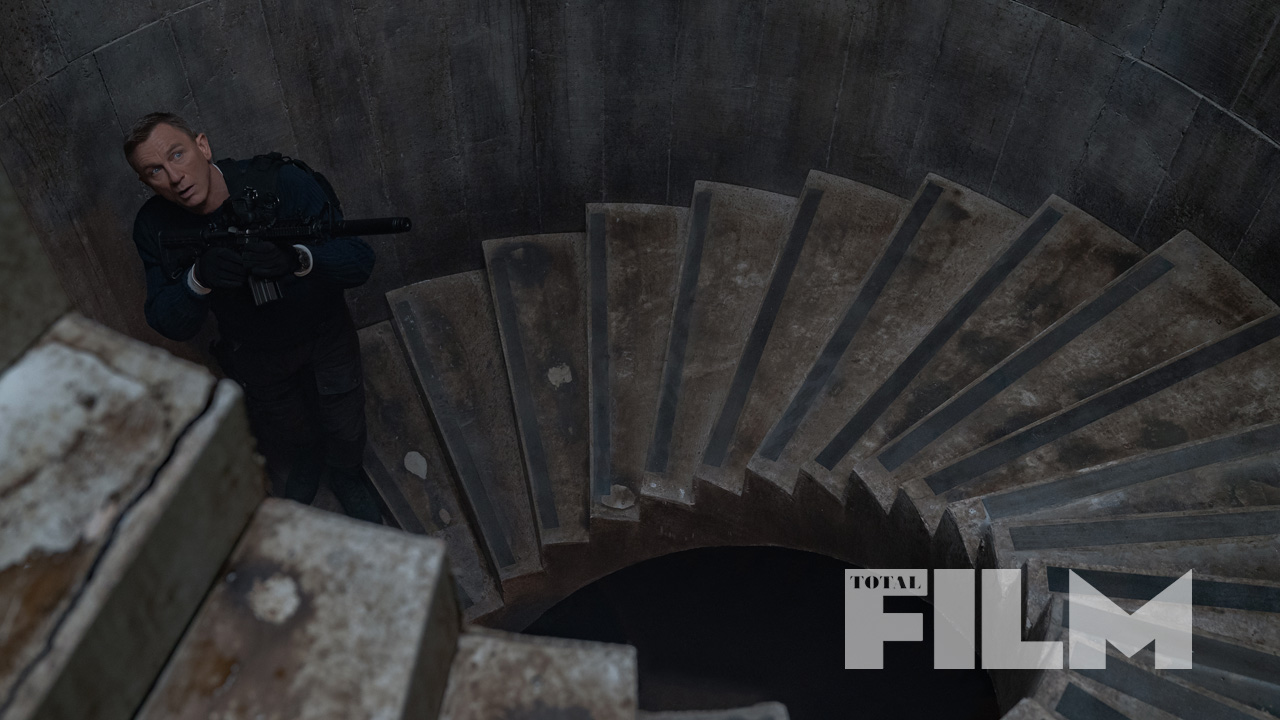
The Roald Dahl-scripted You Only Live Twice shares another connection with No Time To Die: Ernst Stavro Blofeld. “He’s back and he’s badder than ever,” grins Wilson. When we last saw Bond’s kitty-loving arch nemesis, he was lying broken and beaten at Bond’s feet on Westminster Bridge. In No Time To Die, Blofeld is under lock and key at MI6, and serves as a potentially useful source of information. Not that he’ll ever truly help Bond unless it’s in his self-interest. “He tries to always be the manipulator behind the scenes, he plays with Bond,” Wilson teases. “Even being in jail for five years hasn’t done much to reform him.”
But Blofeld is far from the puppet master he considers himself. “Safin is pulling all the strings,” Broccoli says of Rami Malek’s mysterious villain. “He’s controlling all of those megalomaniacs out there. He’s created them.” Broccoli first met Malek in 2013 following his breakthrough performance in Short Term 12, and “moved heaven and earth” to get him to play Safin following Malek’s Oscar-win for Freddie Mercury biopic Bohemian Rhapsody. But being invited to join the ranks of Mads Mikkelsen, Mathieu Amalric and Javier Bardem was always a no-brainer for Malek.
“It was a real pinch-me, ‘Is this even possible?’ moment,” smiles Malek, who’s significantly less intimidating than his on-screen counterpart in a blue bomber jacket, shirt neatly tucked into his trousers. “It’s an immense responsibility,” he considers. “It can be nerve-racking, but from what I’ve learned, those are the moments that will yield the most reward. In a way, playing Freddie helped prepare me for taking on another monumental task.”
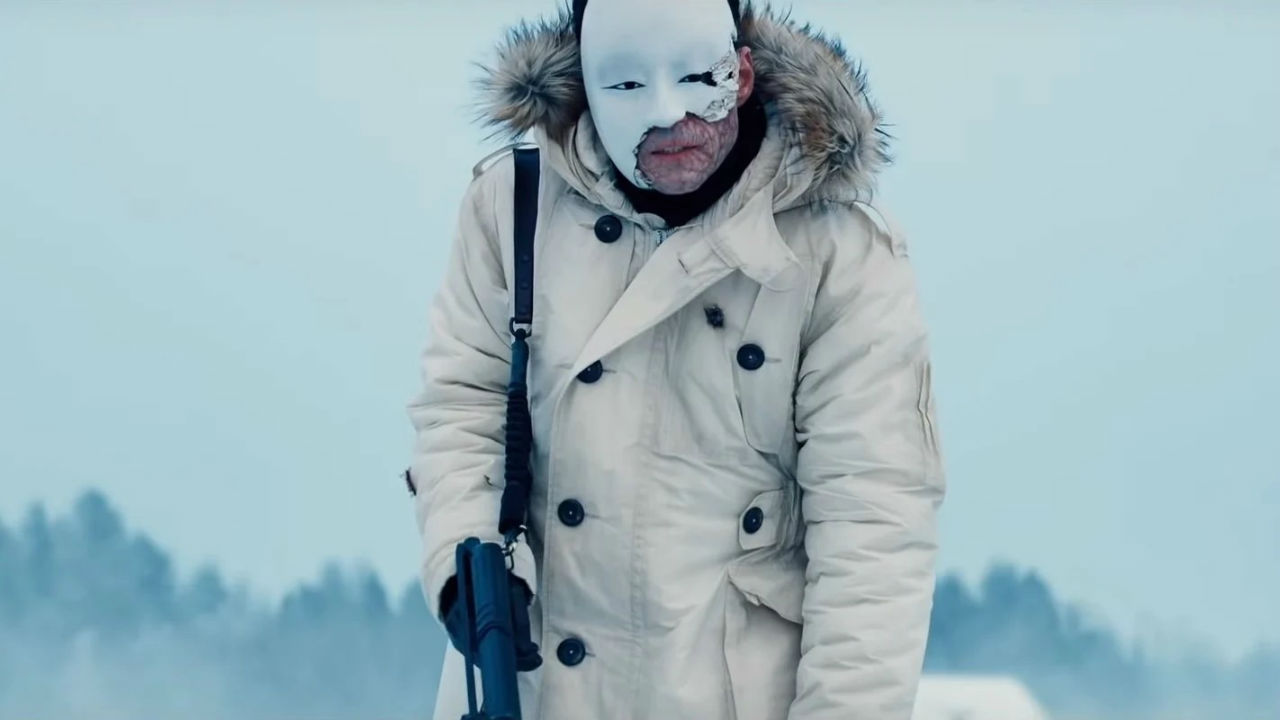
Malek describes Safin as someone who “identifies himself to be as heroic as Bond”. But what about those persistent rumours that Malek is secretly playing Bond’s first ever on-screen adversary, Dr. No? Is he willing to shoot them down? “I would never shoot something like that down. It’s intriguing,” he says with a smile. So which Bond films did Malek watch in preparation? “Only Dr. No.” For a super-villain, Malek has a very healthy sense of humour.
There’s no actual evidence that Safin and Dr No. are one and the same, of course. Fukunaga teases that “there’s a sense this guy could be from a large- scale chemical/pharmaceutical family” and that Safin is “someone who’s not necessarily a public face, but who wields a lot of power behind those people”.
But whatever Safin’s masterplan is, one thing’s clear – like most Bond villains, he will mirror contemporary concerns. “I talked to Barbara and Michael about this a lot, because they’re tuned into everything,” Fukunaga says. “There’s a silent agreement that within the Bond films: you’re never too literal with what’s happening in the world. We don’t address Brexit, you know? But the dangers he deals with reflect the fears at the time.”
In Safin’s case, Fukunaga considered how a man of means could destabilise the planet in 2020. “I worked with a futurist called Ray Kurzweil about 10 years ago on another project. He kept talking about what we’re heading towards, which is neo-medievalism, the end of the nation state. I believe he’s right. When you think about it, companies cross international borders all the time. They have private armies, and more money than governments.”
Breaking Bond...
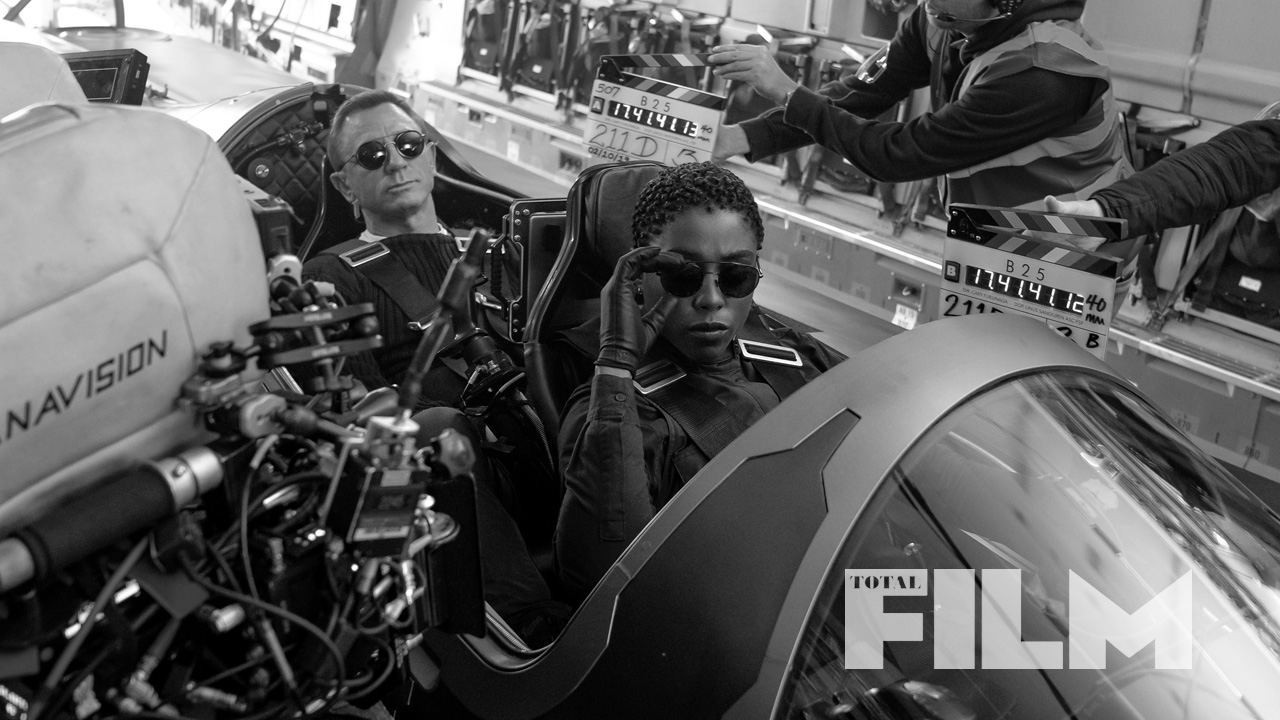
Total Film catches a solitary glimpse of Safin on set in Scotland – Rami Malek’s stunt double, anyway, who’s currently commanding his private army from a helicopter. On a gloomy late July day in a remote Highland location, second unit director Alexander Witt is co-ordinating No Time To Die’s Norway chase scene. After reuniting with Madeleine in a safe house, Bond is rudely interrupted by Safin’s sudden appearance, and takes the ensuing chase off road in a Toyota Land Cruiser. “Picture a lion hunt in the Serengeti,” says stunt coordinator Lee Morrison. “They’re in a very exposed, barren landscape, and they’re on their own.”
With two vehicles in pursuit, and more to come as the chase moves to
a river bed and an “eerie” foot chase in tall bracken, there are 44 cars on location today, as well as a mobile garage and enough materials to repair every hero vehicle “two-to-three times over”. Total Film watches from a (very) safe distance as Bond uses the treacherous terrain, and some nifty manoeuvres, to force a pursuing Land Rover off the road, catapulting it in the air before it rolls down a small incline.
With the inclement weather forcing frequent stops, Witt is taking no chances capturing the action – there are eight cameras, a drone and a helicopter-mounted cam pointed at this particular stunt, which takes the best part of a day to film and will last seconds on screen. But as far as the action goes, this is only the tip of the iceberg. “We have six sequences that are huge,” says Morrison, who has worked on every one of Craig’s films, from Casino Royale’s parkour sequence to Skyfall’s motorbike chase across the rooftops. “We always try to lead the way with something new. Hopefully it’s going to be amazing and set a new standard.”
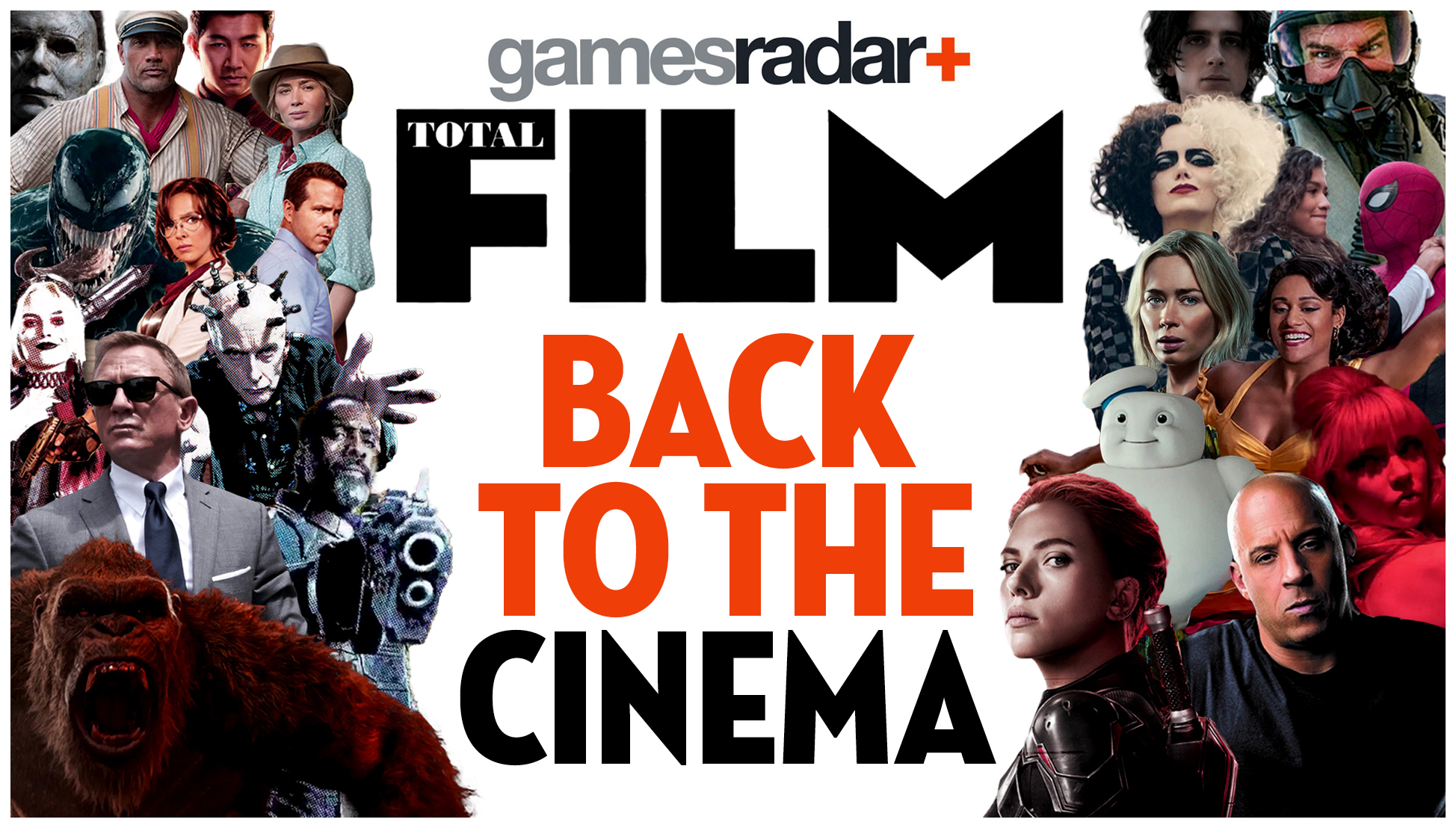
All the biggest features on the blockbusters heading to cinemas very soon
Early glimpses are certainly promising. A motorbike leap over a 30ft wall was performed for real in Matera, Italy – a heritage city where the roads are no wider than the average car. Fukunaga intended for the film “to feel more stripped down and classic – Bond in his purest form”, which helps explain those show-stopping Aston mini-guns. “Ordinarily, when they show the trailer I get really pissed off because I’m like, ‘Don’t show that!’” Craig hollers. “But I watched [the trailer for No Time To Die] and went, ‘There are some really good bits in there, but not as good as the rest of it.’ We’re going to do things that people have never seen.”
After the movie's release, there’s another thing people will never see again: Daniel Craig’s Bond. Craig’s 14-year reign as Britain’s super-spy extraordinaire is about to end, and despite his sometimes fractious relationship with the series, there’s no question that he’ll genuinely miss James. “While you’re doing it, the tendency is just to be blinkered, and go, ‘Oh, you know, this is what it is,’” Craig says. “But I’ve thought about it more than ever, just because it’s my last one, and I’m incredibly proud and honoured to have been a part of it in the way that I was. The reason I would want to get up every day and go to work is because I would look at the people I got to work with, and go, ‘These are the best people in the industry.’ That’s off the charts. So I just think: if you can’t get excited about a Bond movie, what can you get excited about?”
No Time To Die reaches UK cinemas September 30 and US theaters October 8. For more, check out our guide on the most exciting upcoming movies heading our way.
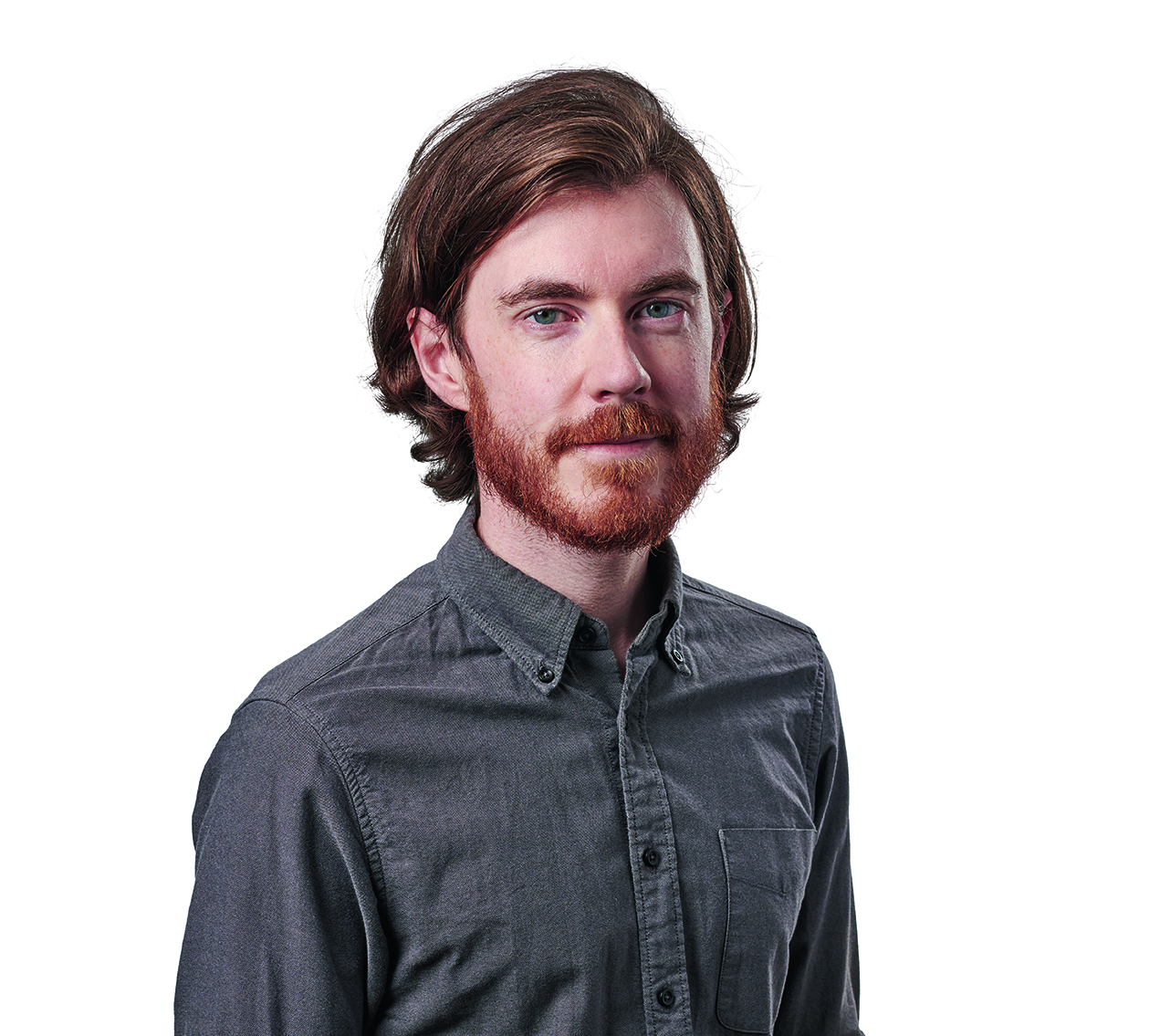
I'm the Managing Editor, Entertainment here at GamesRadar+, overseeing the site's film and TV coverage. In a previous life as a print dinosaur, I was the Deputy Editor of Total Film magazine, and the news editor at SFX magazine. Fun fact: two of my favourite films released on the same day - Blade Runner and The Thing.
